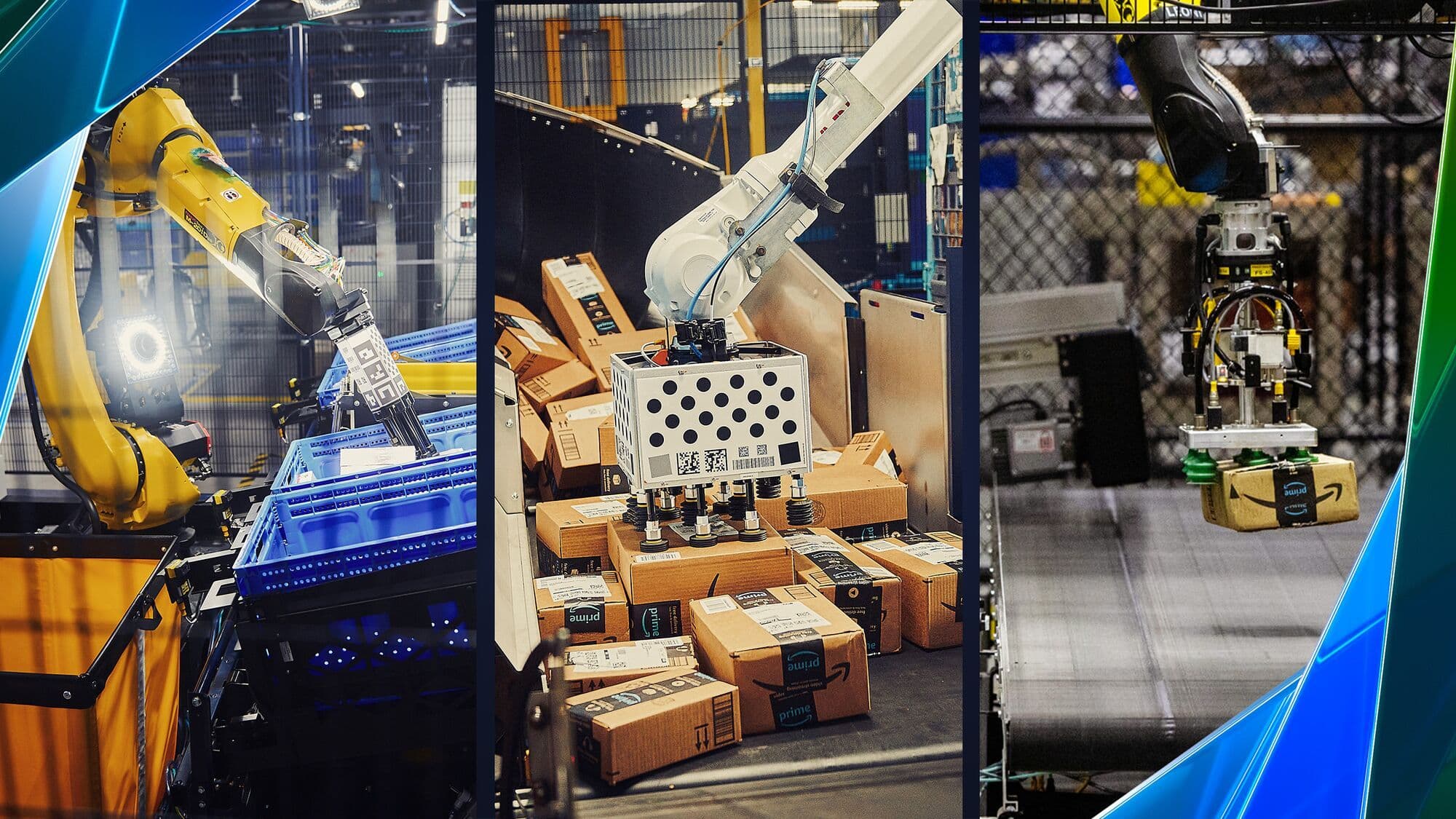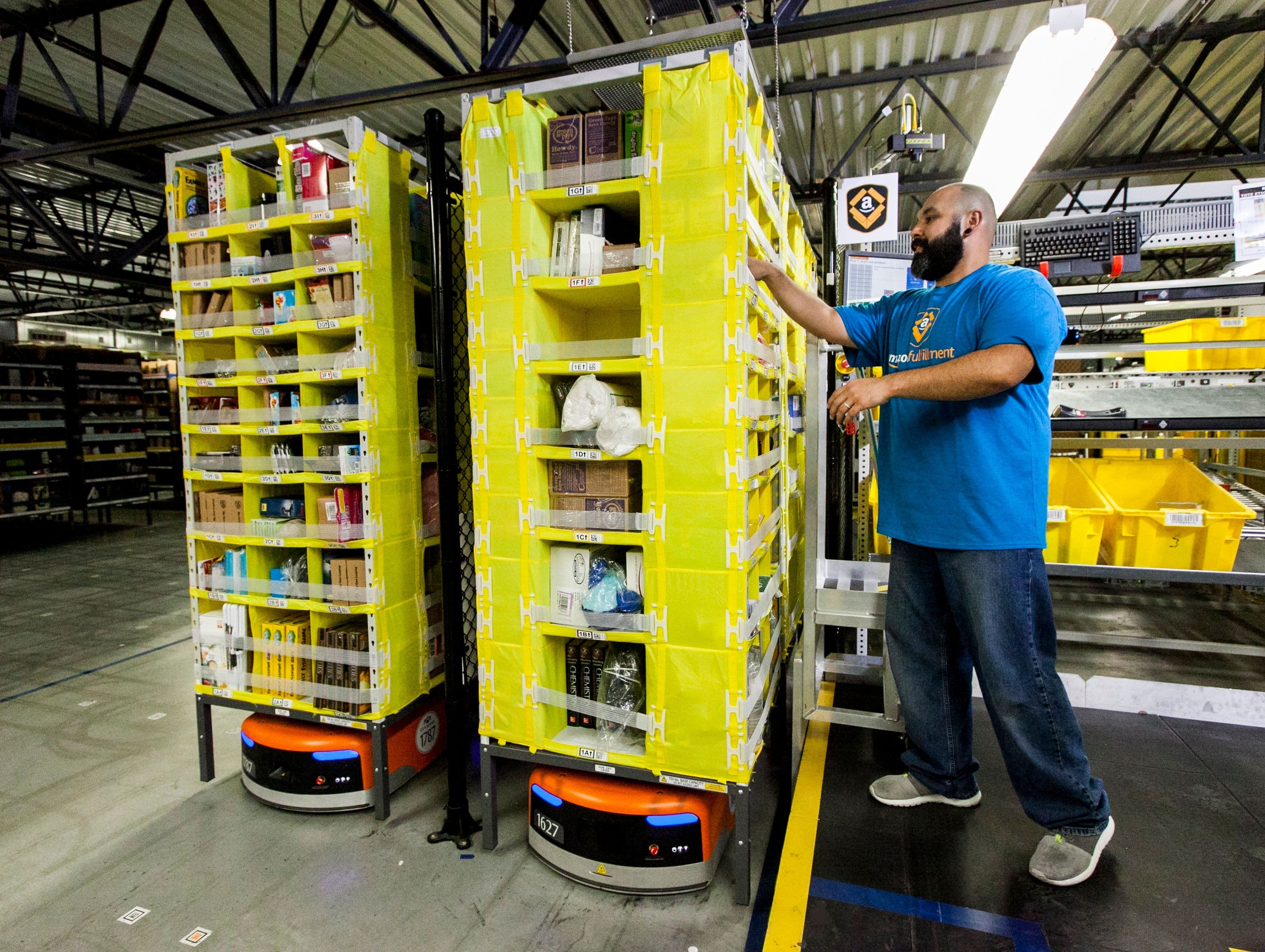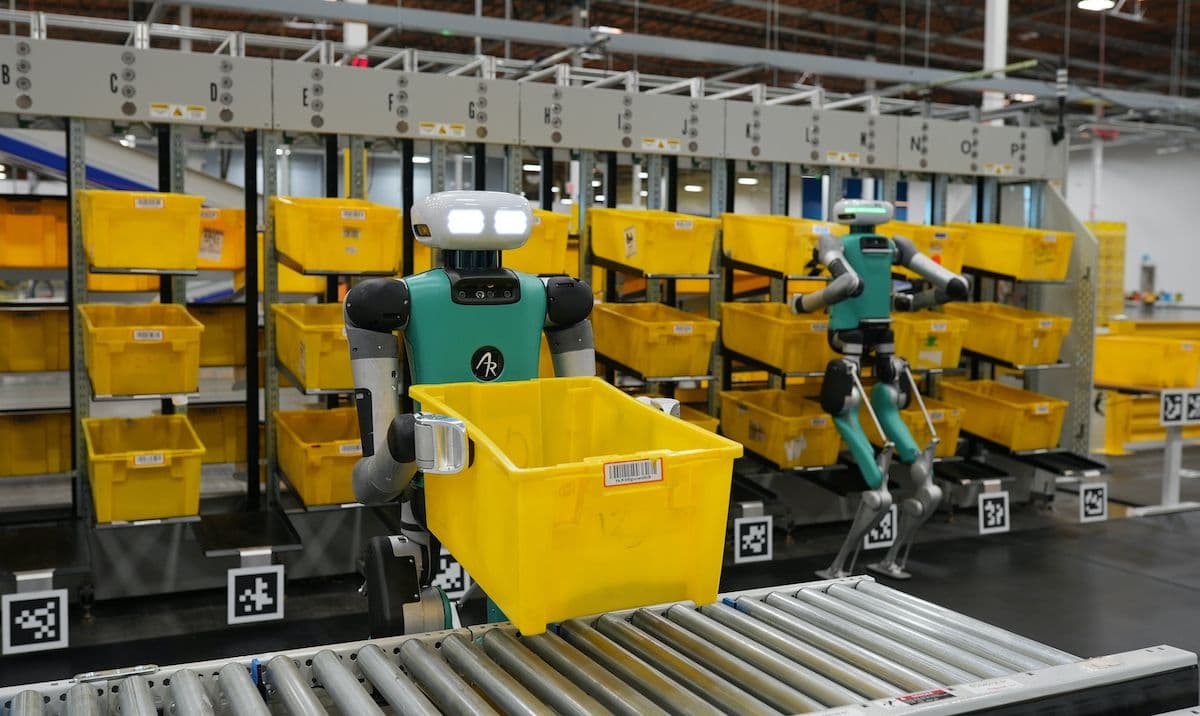
Amazon’s Bold Bet on Robotics: A Blueprint for the Future of Fulfillment
In today’s fast-evolving landscape, operational efficiency is key to survival. Few companies exemplify innovation at scale like Amazon. As a Senior Product Manager working on robotics integration, I find Amazon’s recent strategies in automation and physical AI especially captivating. It’s not just the impressive technologies they deploy but also the long-term vision they unveil.
Over the last decade, Amazon has integrated robotics across its fulfillment centers, and what we’re seeing now is more than just incremental improvement.

Amazon has deployed over 750,000 robots across its network, which looks like it may be just the beginning. In 2025 alone, Amazon plans to invest around $25 billion in robotics and warehouse automation. These savings are not just driving operational improvements; they are also fueling Amazon’s next wave of AI infrastructure expansion.
By automating manual processes, Amazon has already achieved a 25% reduction in fulfillment costs at next-generation centers. It is predicted that continued robotics innovation could save Amazon upwards of $10 billion annually by 2030.
For any company dealing with massive logistics operations and continuously growing customer demand, it will be game-changing.
The Robots in Amazon's Facilities
The range of robotic systems Amazon is implementing is quite broad, and each of them addresses a particular challenge in the fulfillment process:
- Sequoia: A storage and retrieval system
- Hercules and Titan: Heavy-lifting mobile robots, descendants of the original Kiva robots
- Pegasus and Xanthus: Sorting bots that handle parcel movement with minimal human intervention
- Sparrow: A computer vision–powered robotic arm that picks and handles items with varied shapes and weights
- Proteus: Amazon’s first fully autonomous mobile robot (AMR) that safely navigates human spaces
- Cardinal: Robotic workcells that automate package sorting
- Digit: A bipedal humanoid robot from Agility Robotics, aiming to bring human-like flexibility to physical environments.
The Blueprint for Integrating Robotics
Amazon’s scale is an outlier, but its playbook offers a blueprint for organizations seeking to integrate robotics:
- Start with Targeted Automation: Focus first on eliminating high-volume, repetitive tasks.
- Design for Human-Robot Collaboration: The aim is not to eliminate humans from the process. It is to redefine human roles toward supervision, maintenance, and exception handling.
For e-commerce, logistics, healthcare, and manufacturing companies, integrated thinking between robotics and long-term strategy should be the focus rather than short-term gains. Robotics must align with broader business goals.
The Future of Physical AI
Perhaps the most exciting aspect of Amazon’s robotics investment is its alignment with the emerging concept of Physical AI (also known as embodied AI).
Physical AI is a branch of artificial intelligence focused on enabling machines to perceive, reason, and act in the physical world.
With advancements, next-generation fulfillment centers might be cognitive ecosystems where machines make real-time decisions to optimize workflows. Amazon's investment in proprietary chips (like Trainium2) for AI workloads signals a future where robotic systems self-optimize across millions of transactions daily.

Amazon’s journey is a wonderful example of how investing in robotics can truly change not only operations but also entire business models. For the entire industry, it’s an exciting time to explore what the future holds!